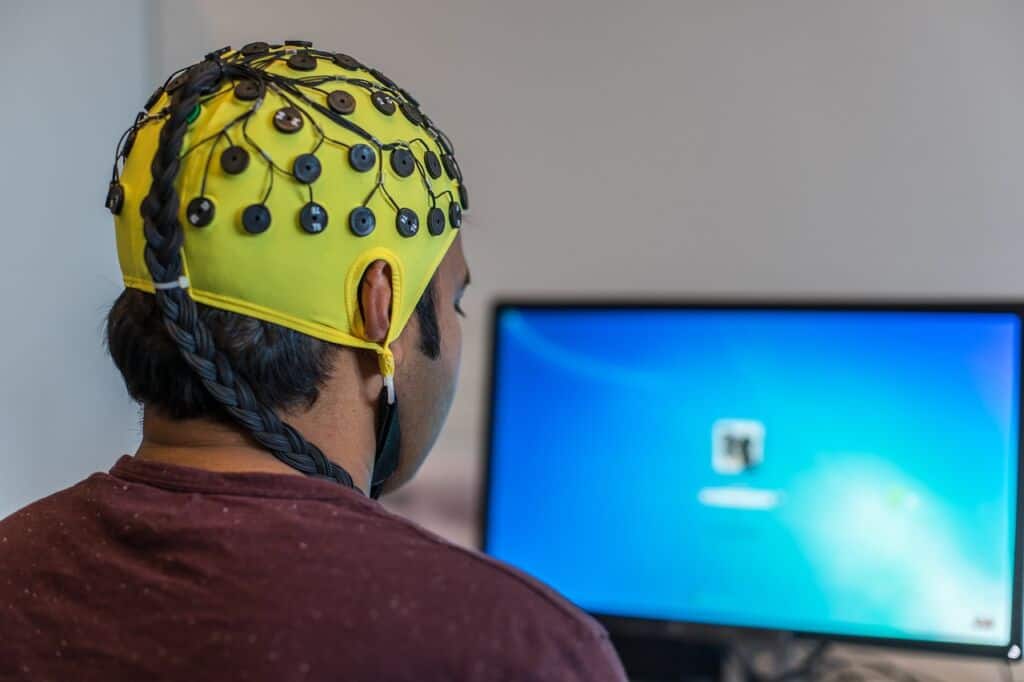Neurolearning is the study of how the brain learns and how to optimize learning through the use of brain-based strategies and techniques.
New to instructional design? Start here.
In instructional design, neurolearning can be used to create learning experiences that are more effective and efficient for learners. Here are some ways that neurolearning can be incorporated into instructional design:
Understand How the Brain Learns
Neurolearning is based on a deep understanding of how the brain learns and processes information. One of the most important functions of the brain is learning, which is the process of acquiring new knowledge, skills, and experiences. The brain learns by forming new connections between neurons, which are the cells that transmit information in the nervous system.
These connections, or synapses, are strengthened or weakened based on the frequency and pattern of electrical impulses that are transmitted between neurons. This process is known as synaptic plasticity.
Different areas of the brain are responsible for different types of learning, such as the hippocampus for spatial and episodic memory, the amygdala for emotional learning, and the cerebellum for motor learning. Understanding how the brain learns can help us to better design educational programs and interventions to improve learning outcomes.
Use Brain-Based Learning Strategies
Neurolearning involves using brain-based learning strategies to optimize learning. Some examples of brain-based learning strategies include:
- Active learning: Encourages students to actively engage with the material through hands-on activities, discussions, and other interactive forms of instruction. Active learning helps to activate multiple areas of the brain, which enhances the encoding and retention of new information.
- Chunking: Involves breaking up information into smaller, manageable chunks, which makes it easier for the brain to process and retain.
- Spaced repetition: Spreads out the practice of a new skill or the review of new information over time, rather than trying to cram it all in at once. This helps to strengthen the neural connections associated with that information, making it more easily retrievable from memory later on.
- Mnemonics: Employs memory aids to help learners commit information to long-term memory.
- Feedback: Provides learners with information about the accuracy of their understanding and performance, which can help them monitor and adjust their learning.
- Emotion and context: Can impact the way the brain processes information, so strategies that incorporate emotion and context can help learners to better engage with and retain the material.
Incorporate Physical and Emotional Engagement
The brain is more likely to retain information when it is physically and emotionally engaged. There are several ways to incorporate physical and emotional engagement into learning to enhance the effectiveness of instruction and to improve student engagement:
- Hands-on activities: Experiments, projects, and simulations, can help to make learning more interactive and engaging. These activities allow students to actively engage with the material, which can help to activate multiple areas of the brain and enhance the encoding and retention of new information.
- Movement: Can help to increase blood flow to the brain, which can enhance cognitive function. This can be done through activities such as stretching, yoga, or physical exercise breaks.
- Emotion: Elicit emotional reactions through storytelling and other forms of narrative to create emotional connections to the material.
- Social learning: Encouraging collaboration, communication and peer teaching can increase student engagement and create a sense of community.
Use Technology
Technology can be a powerful tool for supporting neurolearning. Virtual reality (VR) and augmented reality (AR) technologies can create immersive and engaging learning experiences that allow students to practice and develop their brain-based skills.
Evaluate Effectiveness
It is important to evaluate the effectiveness of neurolearning techniques to ensure that they are meeting the needs of the learners. This might involve collecting data on student performance and feedback, or conducting a review with subject matter experts.
Conclusion
The role of neurolearning in instructional design is to create learning experiences that are optimized for the brain and support efficient and effective learning. By understanding how the brain learns, using brain-based learning strategies, incorporating physical and emotional engagement, using technology to support neurolearning, and evaluating the effectiveness of neurolearning techniques, instructional designers can create learning experiences that are more effective and efficient for learners.


